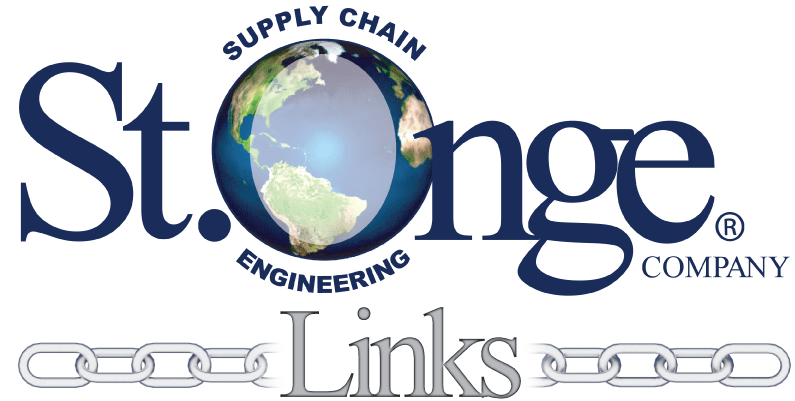
How many times have you had a discussion about finding a resolution to a specific problem, challenge or issue, and one thought or comment generates others, which collectively result in a strategic approach or tactical solution? Even though the idiom “Two are better than one, for if either of them falls, one can help the other up” can be traced to ancient times, this adage can be applied to the value of whiteboard sessions that take place in the workplace every day.
Whiteboard sessions can include both internal and external resources to help teams expand their bandwidth, expertise and knowledge.
The purpose of these sessions is to:
Whiteboarding sessions are the perfect remedy to approach meetings and projects in a different way, include remote employees, offer new insights, boost efficiency of online meetings and make innovation happen. They also can take video conferences from pure communication to real collaborative sessions.
If you are not familiar with whiteboard sessions in the 21st century, one or more participants use the dry erase board to draw, modify, erase (and record) images and written content, making it easier for content to be more easily absorbed and retained. In the days of only blackboards and chalk, the term ‘whiteboard session’ would have been as mysterious as the term ‘cell phone’ in 1700. Today these sessions have also moved to the virtual whiteboard world. But whether you are in the same room, or only in the same virtual meeting, whiteboard sessions are interactive and help in brokering creative thinking, brainstorming and collaboration.
Some tips for a productive white board session are:
A clear and uncluttered visual aid for meeting participants will keep the meeting moving forward and help everyone stay focused on the topic. Often times, conversational tracks veer off course. Even though great ideas can be thrown out for discussion, if they are not related to the current topic, it is best to keep them at bay, assign them to a “parking lot” and address them at a later date.
Clients often include St. Onge Company subject matter experts in their whiteboard sessions to help them identify the best solution/process for their specific need, even if a client is not sure of the solution, process, or even agree on the need to identify a solution or process to their current conundrum in the first place.
Sometimes you’re not even sure of the question you should be asking. Those are the times when a solid whiteboard brainstorming session might just help you identify the right questions to ask, which is an incontrovertible prerequisite to discovering the right answers.
—Deb Stratton, St. Onge Company